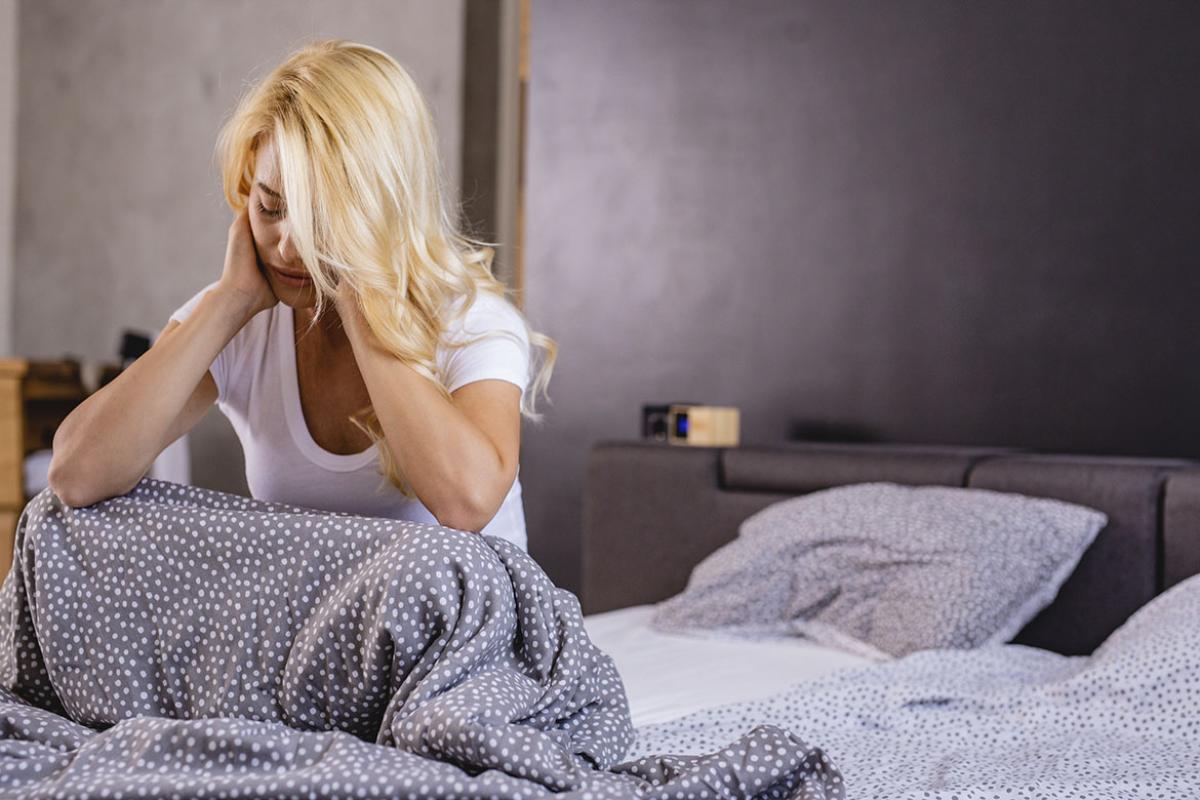For trainees in the latter half of medical school, the next step looms large. That step is often determined by the National Resident Matching Program (NRMP). It makes sense, then, that while examining the best-read AMA news stories of 2018, the Match loomed large.
FREIDA™, the AMA Residency & Fellowship Database®, allows you to search for a residency or fellowship from more than 11,000 programs—all accredited by the Accreditation Council for Graduate Medical Education.
Learn more about the Match stories that struck big with our readers this year.
Navigating the Match. The medical residency match process can be overwhelming. Breaking it into phases—essentially, understanding what you should be doing and when—can make it more manageable. Those steps include: Getting your paper work together, gathering information on programs, submitting applications, going on the road to interview and creating a rank-order list.
Spending on the Match process. How much will you spend during residency applications and interviews? The cost can vary widely. Based on the average number of applications students submit, it’s not uncommon to spend upwards of $600. In terms of interviews, the more you do, the more you are going to spend. Learn about techniques you can use to save during the process.
What to consider when making your rankings. There are a number of factors that play into finding the right program from an applicant’s perspective. Some of the obvious ones include a program’s reputation, interactions with residents and faculty during the interview process and the likelihood of acceptance.
Learn about many below-surface-level considerations, such as your nonclinical interests and your own unique needs to keep in mind.
The math behind the Match. The 2018 Main Residency Match was the largest in history, according to the NRMP, with 37,000-plus applicants submitting program choices for more than 33,000 positions. The number of available first-year (PGY-1) positions rose to 30,232, a 4.8 percent increase over 2017, and the percentage of all positions filled and percentage of PGY-1 position filled increased slightly from the prior year. Dig deep into the numbers.
And what if you don’t match? While time and space are limited, there is hope for those students who do not match. The Supplemental Offer and Acceptance Program (SOAP) is a vehicle through which eligible unmatched applicants in the Main Residency Match apply for and are offered positions that were not filled when the matching algorithm was initially processed. Find more about key questions on SOAP and get relevant advice from experts.



